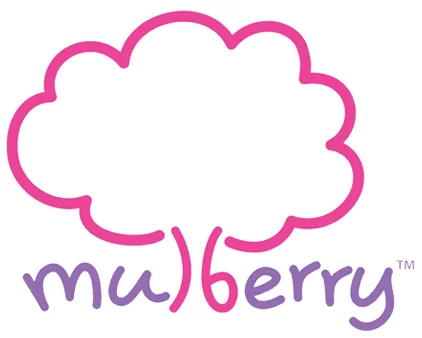Creative Learning: Exploring Art and Music in Early Education
Creative Learning: Exploring Art and Music in Early Education
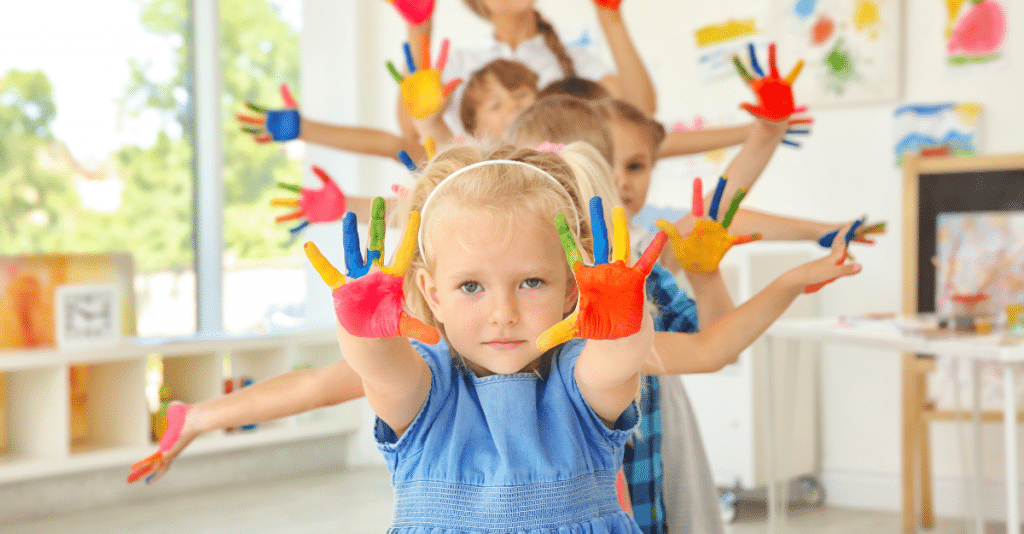
Preschool is a magical time of exploration and discovery, where young minds are like sponges, absorbing knowledge from the world around them. Integrating art and music activities is a powerful catalyst for creative learning in this vibrant early education landscape. These activities captivate the imagination and play a fundamental role in shaping a child’s cognitive, emotional, and social development. In this exploration, we delve into the significance of incorporating art and music activities into early education, fostering a holistic approach to learning beyond the traditional classroom setting.
1. Stimulating Creativity and Imagination
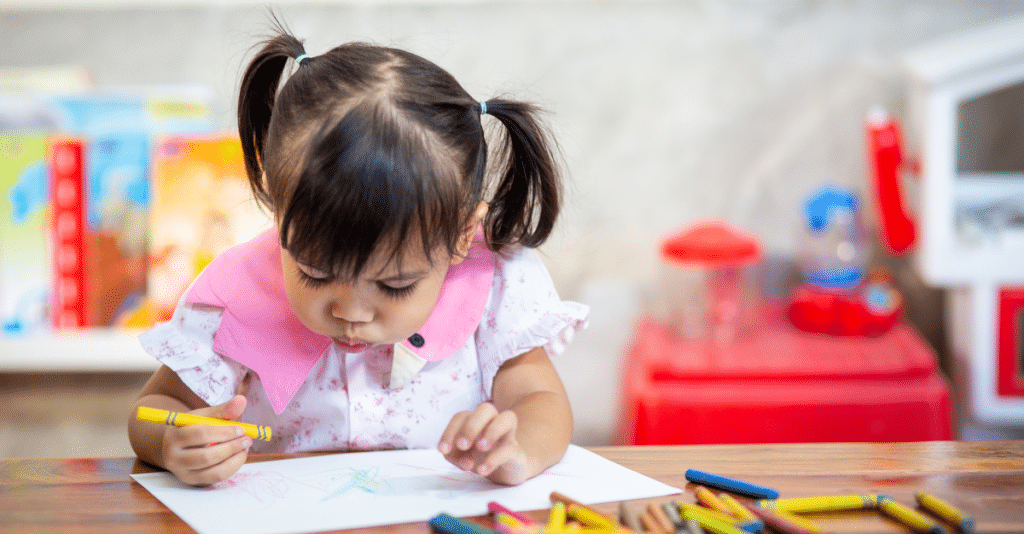
Art and music activities provide preschoolers with a canvas for self-expression and creativity. Whether dipping their fingers into paint to create vibrant masterpieces or experimenting with different sounds and rhythms, these activities stimulate the imagination and allow children to explore the boundless realms of their creativity.
2. Enhancing Fine Motor Skills
Engaging in art activities, such as drawing, cutting, and painting, contributes to developing fine motor skills in preschoolers. The precision required to hold a paintbrush or manipulate small objects in music-related activities strengthens the muscles in the hands and fingers, laying the foundation for future writing and coordination skills.
3. Cognitive Development Through Pattern Recognition
Art and music activities often involve pattern recognition, a fundamental aspect of cognitive development. Whether identifying patterns in a musical sequence or recognizing shapes and colours in artwork, preschoolers engage in activities that enhance their ability to perceive and understand patterns, fostering cognitive growth.
4. Language Development Through Song and Artistic Expression
Music and art provide a rich platform for language development. Through singing, children learn new words, develop a sense of rhythm, and explore the cadence of language. Artistic expression, whether through drawing or sculpting, encourages language development as children describe their creations, share ideas, and converse with peers and educators.
5. Emotional Expression and Regulation
Art and music offer preschoolers a non-verbal means of expressing their emotions. Whether painting a joyful scene or playing a calming melody on a xylophone, these activities provide an outlet for emotional expression and contribute to developing emotional regulation skills. Children learn to identify and express their feelings constructively.
6. Cultural Awareness Through Music
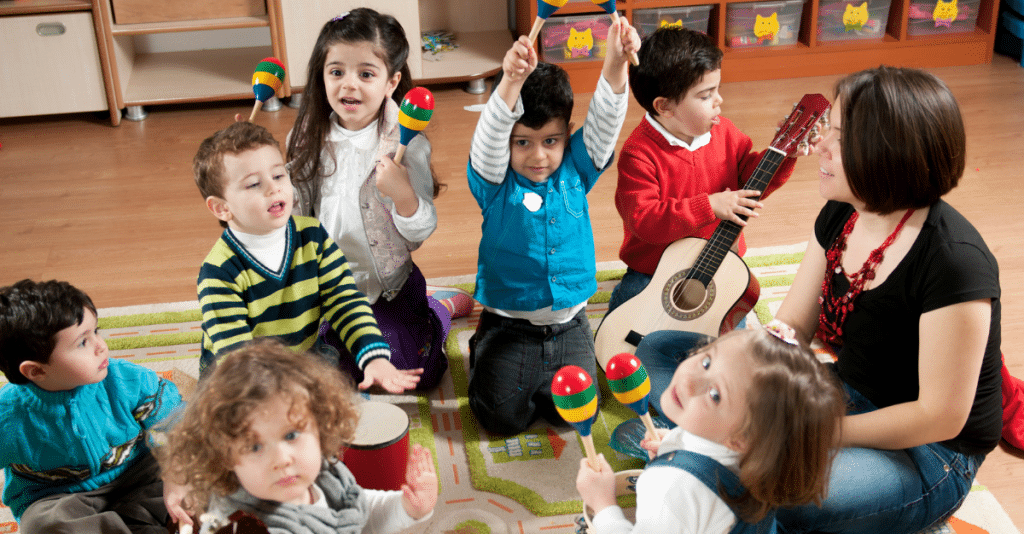
Music is a universal language that transcends cultural boundaries. Introducing preschoolers to diverse musical genres and instruments cultivates cultural awareness and appreciation. Through music, children learn about different traditions, styles, and rhythms, fostering a sense of curiosity and respect for cultural diversity.
7. Social Skills Through Collaborative Activities
Art and music activities often involve collaboration and group participation. Whether working together on a mural or creating a musical ensemble with simple instruments, preschoolers learn valuable social skills such as cooperation, communication, and teamwork. These collaborative experiences contribute to the development of positive social interactions.
8. Sensory Exploration Through Art
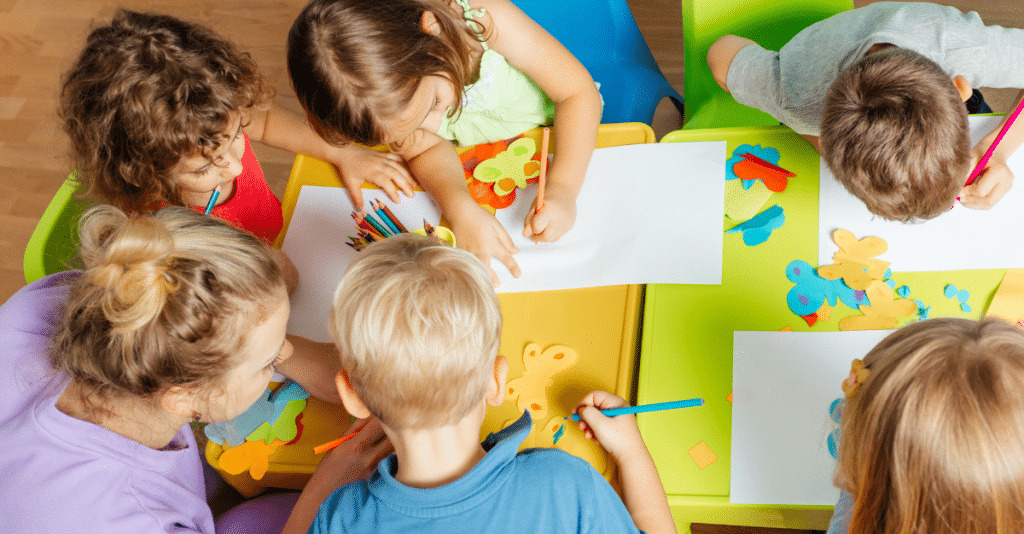
Art activities engage multiple senses, providing a rich sensory experience for preschoolers. These activities enhance sensory exploration, from the tactile sensation of finger painting to the visual stimulation of vibrant colours. Integrating sensory elements contributes to a well-rounded learning experience for young learners.
9. Introduction to Basic Mathematical Concepts
Both art and music involve fundamental mathematical concepts. Patterns, shapes, and rhythm are inherent components of these activities. As preschoolers engage in creative endeavours, they unknowingly encounter basic mathematical principles, laying the groundwork for future mathematical understanding.
10. Boosting Confidence and Self-Esteem
Art and music activities provide opportunities for success and self-expression, contributing to developing confidence and self-esteem in preschoolers. Whether showcasing an artwork during a mini-exhibition or playing a simple tune on a musical instrument, these accomplishments build a positive self-image.
11. Preparation for Formal Learning
Engaging in art and music activities prepares preschoolers for formal learning environments. The skills acquired through these creative endeavours, such as focus, attention to detail, and the ability to follow instructions, create a strong foundation for future academic success.
12. Parental Involvement and Bonding
Art and music activities often extend beyond the preschool setting, providing opportunities for parental involvement. Family art projects or musical sing-alongs at home create bonding moments between parents and preschoolers. This involvement strengthens the parent-child relationship and reinforces the value of creativity in the child’s life.
CONCLUSION
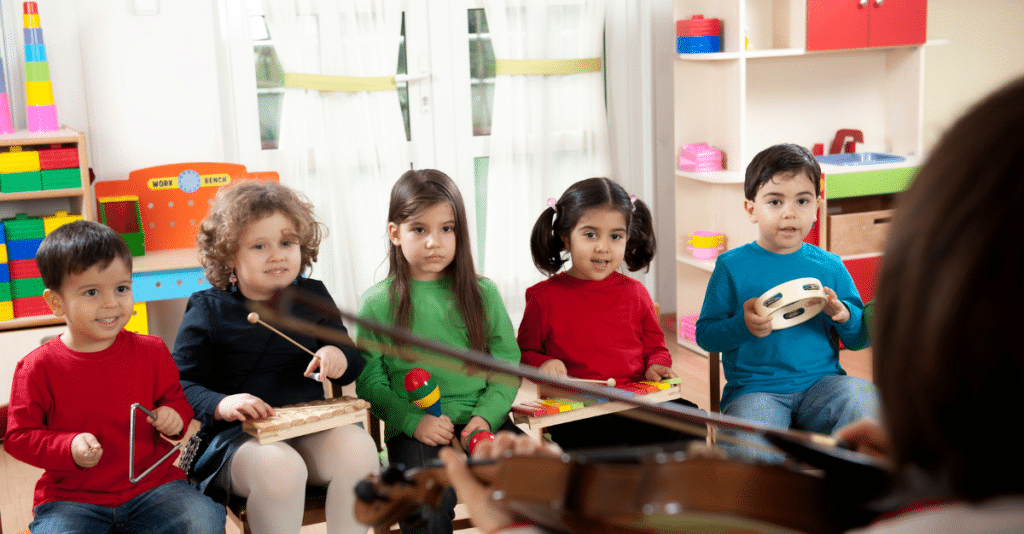
In conclusion, incorporating art and music activities into early education is not just about fostering creativity; it’s about nurturing a holistic approach to learning. These activities provide a myriad of benefits, from cognitive and emotional development to social and sensory exploration. As preschoolers dip their fingers into the paint, strike a chord on a xylophone, or dance to a melody, they are not just engaging in playful activities but laying the foundation for a lifelong love of learning and creative expression. In the canvas of early education, the strokes of art and the harmonies of music create a masterpiece of holistic development for preschoolers, setting the stage for a future where creativity and curiosity are lifelong companions.
Mulberry School Tour
Our Locations
Click here to visit our Contact Us page and view the preschool/infant care centres conveniently located near you.
CONNECT WITH US
USEFUL LINKS
About Us
Mulberry Learning prides itself on making the preschool experience both memorable and enjoyable while transforming a child into a competent explorer, an imaginative thinker, and a creative problem solver. Through our proprietary award-winning curriculum, unique Habits of Mind programme and dedicated staff who are passionate about imparting positive attitudes, Mulberry Learning holds strong in its promise to deliver a holistic education that nurtures the Future Ready Child.
A PREMIUM PRESCHOOL BRAND UNDER GLOBAL EDUHUB

